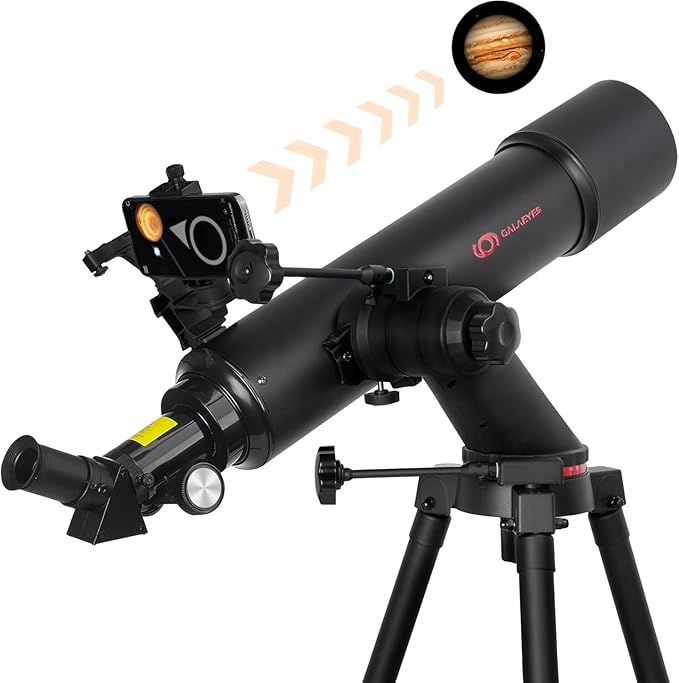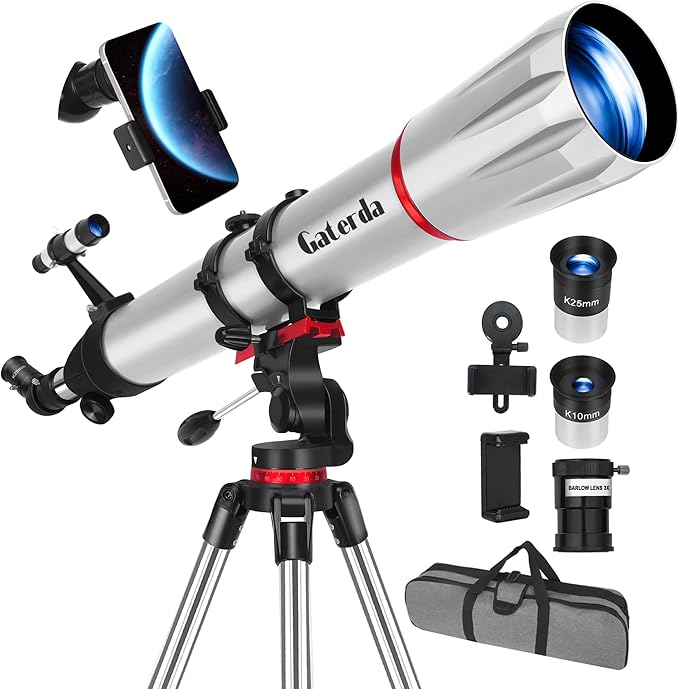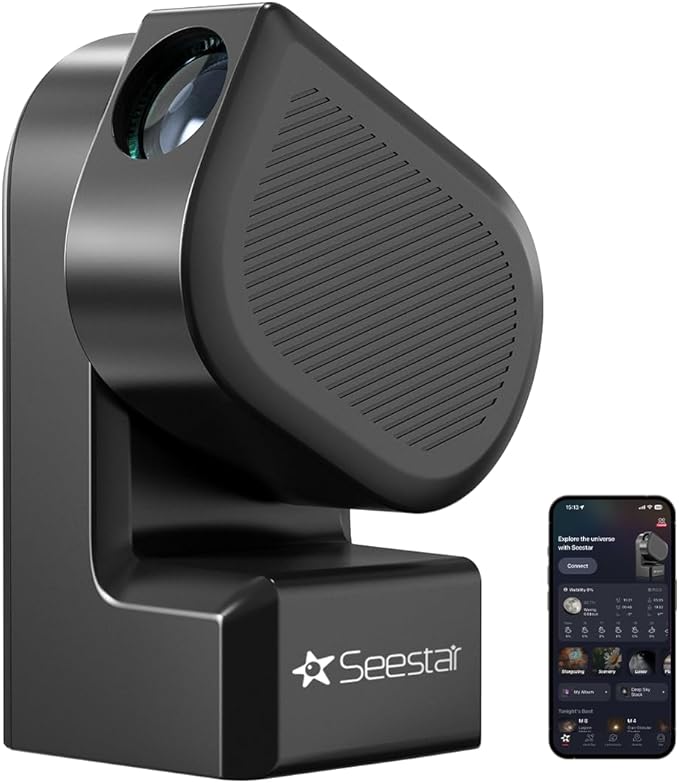Your Complete Guide to Stargazing
Learn the basics of astronomy and discover the wonders of the night sky
Start with binoculars before investing in a telescope. 7x50 or 10x50 binoculars are perfect for beginners.
For telescopes, consider aperture size - larger apertures gather more light and show fainter objects.
A star chart or astronomy app helps identify constellations and celestial objects.
New moon phases offer the darkest skies for deep-sky observations.
The hour before dawn provides excellent planetary viewing opportunities.
Autumn and winter months offer longer nights and stable atmospheric conditions.
Start with bright planets like Jupiter, Saturn, Mars, and Venus.
Learn major constellations: Orion, Big Dipper, Cassiopeia, and seasonal favorites.
Observe the Moon's phases and surface features with any optical aid.
Allow 20-30 minutes for your eyes to fully adapt to darkness.
Use red light flashlights to preserve night vision while reading star charts.
Avoid looking at white light sources during observation sessions.
Light pollution significantly impacts astronomical observations. Urban areas can reduce visible stars from thousands to just a few dozen. Our AI-powered location finder helps you discover nearby areas with darker skies and better viewing conditions.
Ideal Site Characteristics:
- Minimal artificial lighting within several miles
- Higher elevation for reduced atmospheric interference
- Clear horizon views in all directions
- Stable atmospheric conditions (low humidity, minimal wind)
- Easy and safe access for nighttime visits
Weather Considerations:
- Clear skies with minimal cloud cover
- Low humidity for sharp stellar images
- Stable air masses (avoid frontal boundaries)
- Light winds to reduce atmospheric turbulence
- Temperature stability throughout the night




